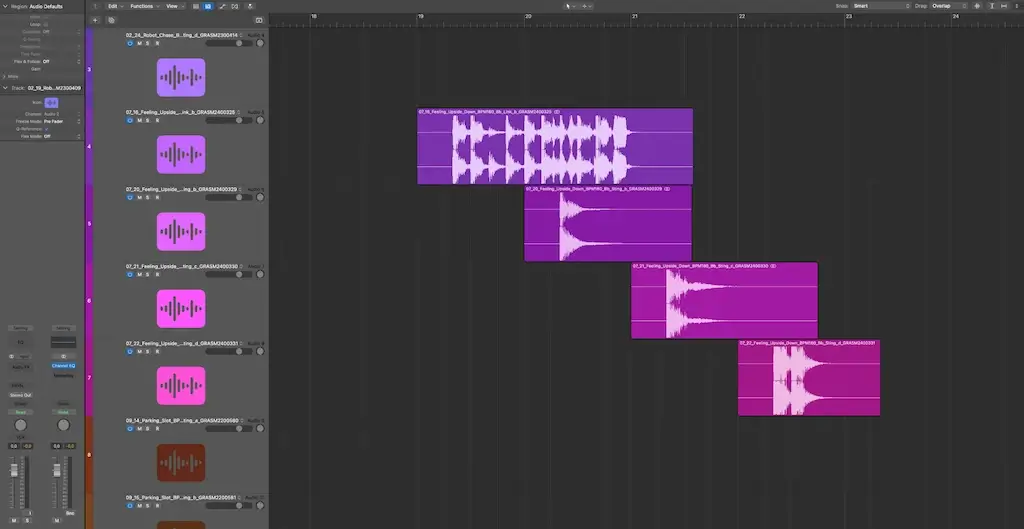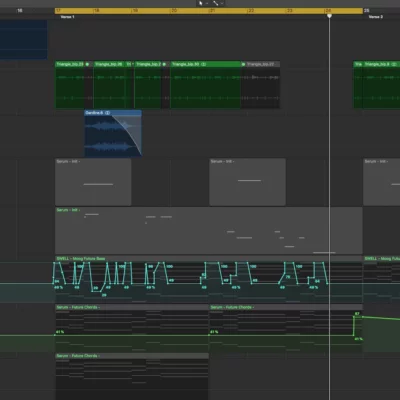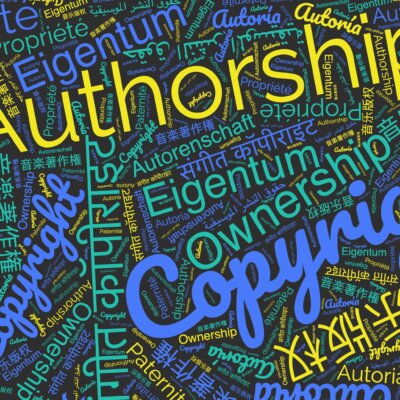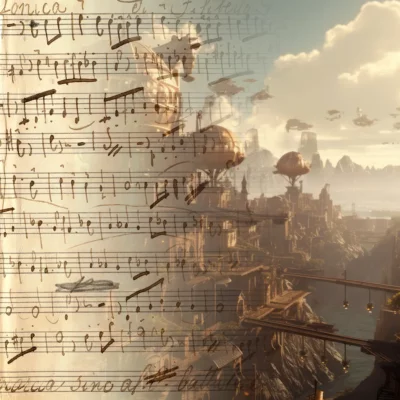Imagine a music supervisor choosing music to underscore a cooking-competition show. They need a punchy cue for the dramatic “Time’s up!” moment: a sharp, percussive hit to land that final punctuation. Then, as the judges walk to the contestants, they’re looking for a second version from the same track: something that keeps the tension simmering without resolving. Which version fits each moment?
When delivering production music for film, TV, or advertising, we’re often asked to create alternate versions of our tracks: full mixes, instrumentals, 30‑second cuts, stems—and, of course, the short cues known as stings and links. Because both are only a few seconds long, the two terms are frequently confused.
While they may sound alike at first listen, understanding how stings and links are used in real edits makes a big difference—not just in how editors handle our music, but in how we prepare and deliver those versions from the start.
Let’s take a closer look at what sets stings and links apart and explore the different types of each.
Sting vs. Link: Key Distinctions
A sting (or stinger) is a short, resolved phrase, usually 1–5 seconds, that acts like musical punctuation. It ends on a strong “button” chord or hit and is perfect for closing a scene, punctuating a reveal, or signaling a hard transition.
Link – a musical bridge
A link is also brief, but its defining feature is an open ending. Links bridge scenes, ease transitions, or gently underscore shifts in tone. They trail off or land on a suspended chord, leaving room for whatever comes next.
Let’s explore these distinctions and their variations with examples from our catalog:
• Robot Chase by Torben Lystrøm (album: Hackathon)
• Feeling Upside Down by Nicholas Pesci (album: All the Feelings)
• Parking Slot by Made by XK (album: Dead End)
Sting Variations: Buttons, Buildups & Tone Shifts
Buttons (ultra‑short)
Quick, decisive full‑stops that act as musical punctuation—great for wrapping a scene or punctuating a line of dialogue.
Parking Slot - Sting c
Feeling Upside Down - Sting d
Buildup stings (5–10 sec)
Short ramps that create a flicker of anticipation before landing on the button.
Parking Slot - Sting a
Parking Slot - Sting b
Robot Chase - Sting d
Tone‑shift stings
Provide contrasting final chords so editors can choose a light or heavy resolution.
Feeling Upside Down - Sting b
Feeling Upside Down - Sting c
Having multiple sting flavors lets editors pick the punch—subtle, comedic, or dramatic—that best suits the moment.
Link Variations: Fades, Motifs & Unresolved chords
Fading links
Whisper‑soft cues that almost disappear—ideal for transitions that shouldn’t call attention to themselves.
Robot Chase - Link d
Motif links
Maintain a clear rhythmic or melodic identity while still staying unresolved.
Robot Chase - Link e
Feeling Upside Down - Link b
Suspense-chord links
End on a non‑tonic chord, sustaining tension that invites the next cue.
Parking Slot - Link a
Parking Slot - Link b
These open endings keep momentum alive and can pivot into comedy, tension, or resolution without forcing a hard cut.
Why Supplying Multiple Stings & Links Wins Placements
When prepping our music for a library or sync placement, we shouldn’t overlook the value of stings and links. The more options we provide to music supervisors and editors – especially with different tonal weights, lengths, and resolutions – the more flexible and appealing our track becomes.
Remember that cooking competition show? A sting will nail the “Time’s up!” moment whereas a link will carry the suspense as the judges walked in. That’s the real-world value of offering both: editors get the tools they need to shape a scene, and your music plays a more intentional, narrative role.
Composer Checklist
✔️ Include both sting and link versions with every track
✔️ Ensure the sting lands cleanly on a button
✔️ Keep the link open-ended and breathable
✔️ Label each version clearly in your metadata
✔️ Ask yourself: How will an editor actually use this cue?





